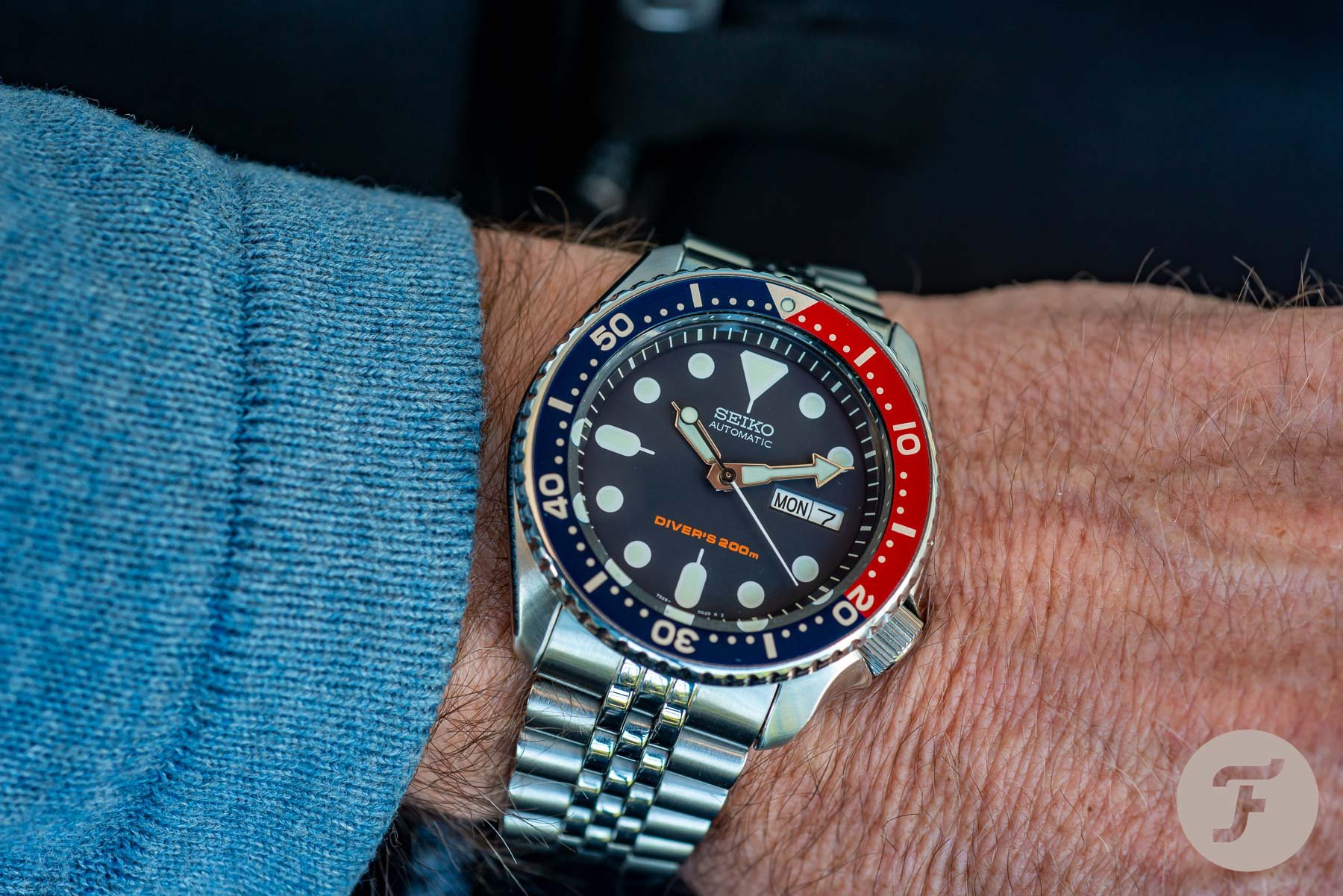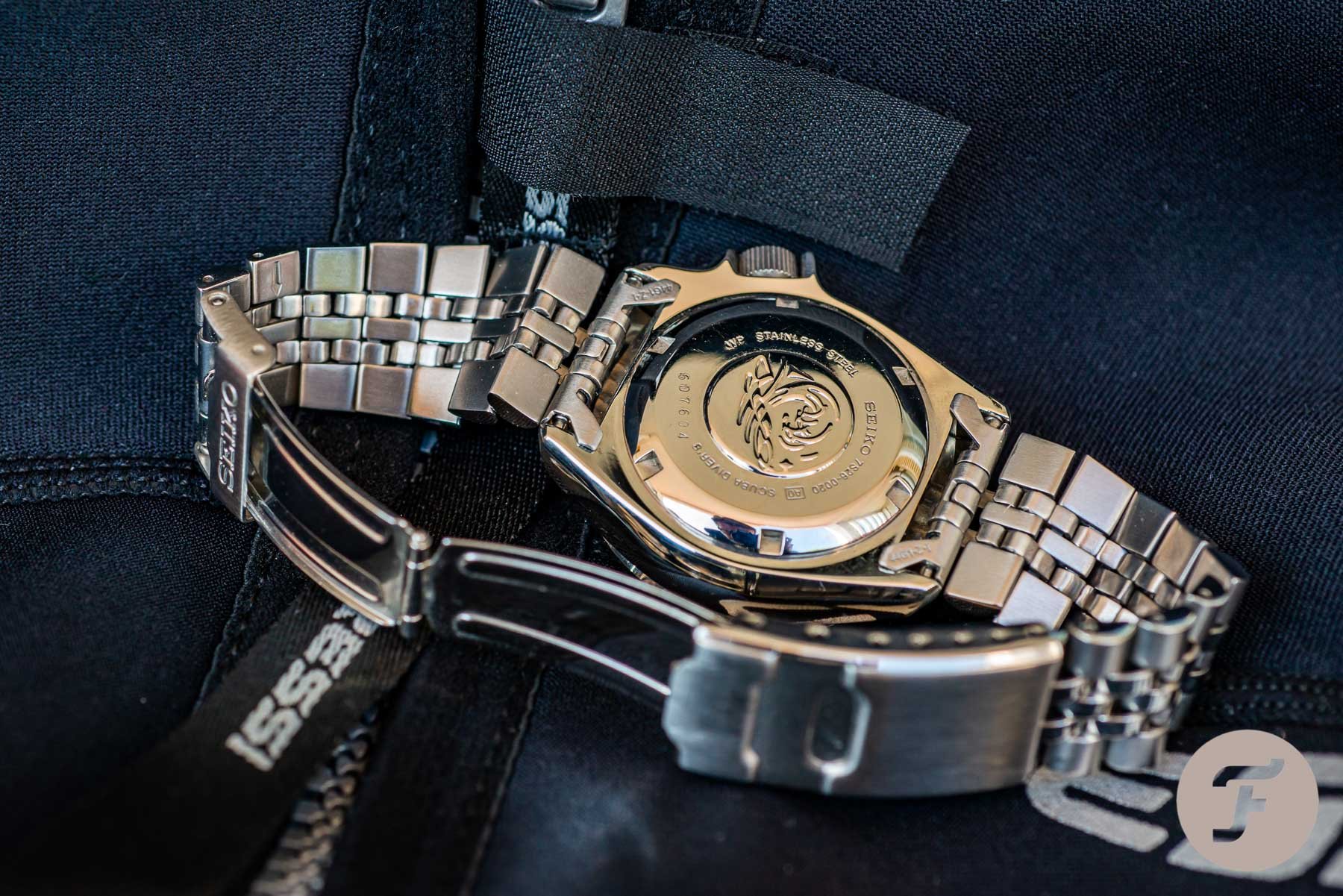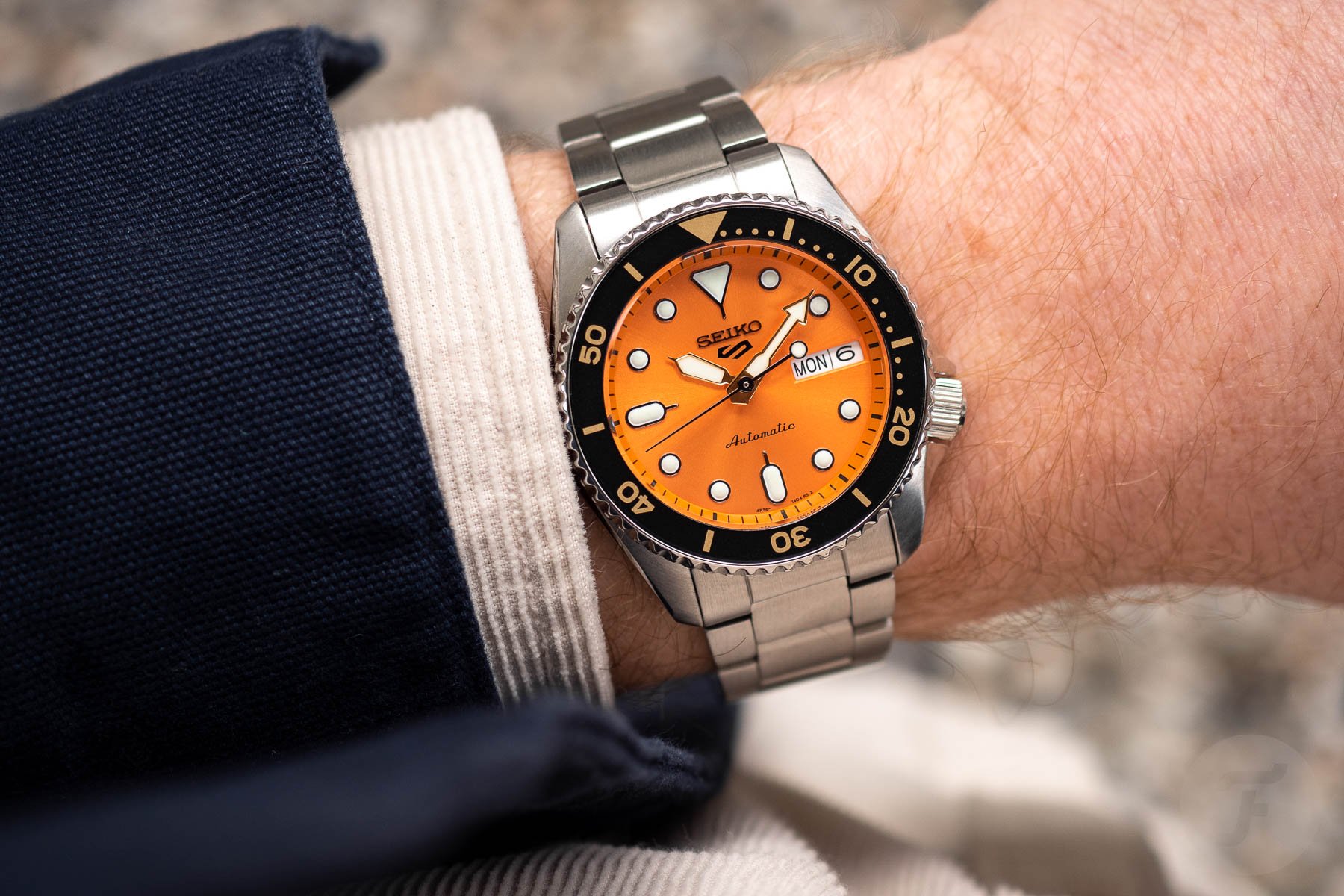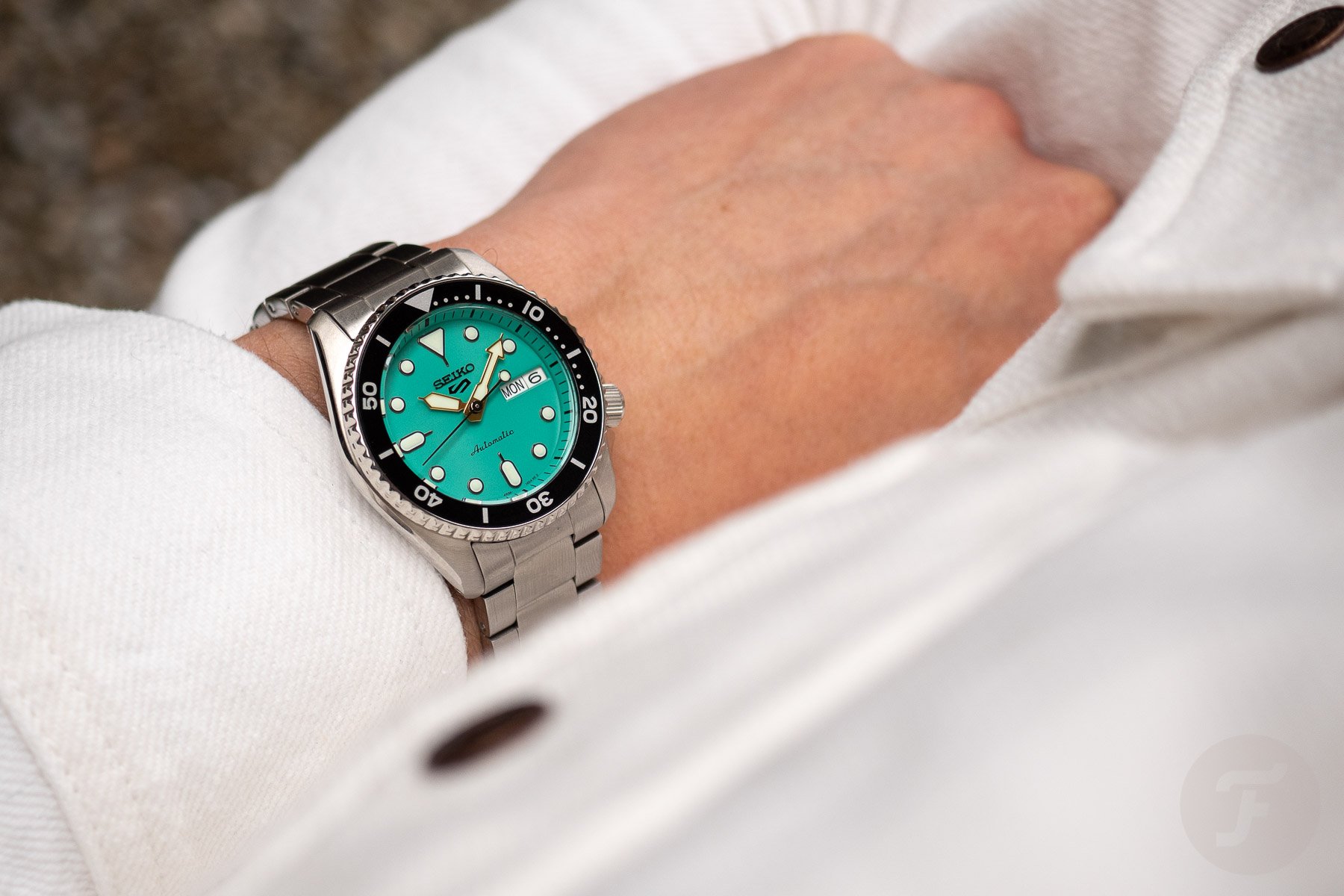Why Budget Mechanical Watches Don’t Make Sense
At first, sub-€1,000 and even sub-€500 mechanical watches seem like a very nice idea. They can be especially attractive to someone who likes mechanical watches but doesn’t have the budget to spend on a more expensive one. It makes the experience of having a mechanical watch more accessible. But does it really? Because when you think about it, these budget mechanical watches might not live as long as their more expensive counterparts.
Don’t get me wrong; I’m all for making things more affordable, and I also like looking at mechanical watches below €1,000. I even started with a Seiko SKX007, quite possibly the most popular mechanical diver’s watch under €500. But a big part of the charm of having a mechanical watch is that it can last for generations (if you look after it well enough, of course). I feel that the quality that is offered at this price point is not able to deliver on that promise. Let me explain.
Old movement out, brand-new movement in
First and foremost, it’s about the movement that’s inside. Last year, Thomas brought his Seiko SKX009 to the Seiko boutique in Amsterdam for a service. As he doesn’t live in Amsterdam but I do, I offered to pick it up for him. It was also a good excuse to visit the store again, which has lots of Seiko and Grand Seiko watches available to check out and try on. So I went there a few days later, and after a bit of window shopping, I said I was there to pick up my colleague’s watch.
I was quite surprised about what happened next. The store manager opened a drawer, got the watch out, and told me what happened during the service. He said they had replaced the seconds hand and put a new movement in. I asked him again because I thought I didn’t hear him correctly, but he just repeated what I thought I had already heard. I told him that my colleague just wanted to get the watch serviced. He confirmed and said that they always fully replace the movement with a new one.
Better off with a quartz watch
Again, I was incredibly surprised because that sounded more like getting a battery change than an actual service. For me, the idea behind getting a mechanical watch is that it can be serviced. That way, parts can be used for a longer period and only have to be replaced when they’re actually worn out. There’s something romantic about wearing this thing on your wrist for years without having to think about a battery change. You just need to get it serviced.
But when that “service” turns into a full replacement of the movement, a lot of the romance gets lost in the process, I think. Maybe I’m too much of an idealist/romantic. But when I hand down one of my watches to each of my kids, I would find it a lot more pleasing if the same movement were still inside. Swapping out the entire movement feels a bit like taking the soul out of the watch. In that case, wouldn’t it make more sense to get a quartz watch instead?
The seconds hand was also replaced without consulting Thomas about it. However, the person in the store had no idea why the people at the service center did that. Maybe something was wrong with it, but it would’ve been nice to know.
What about spare parts and the bracelet?
For a company like Seiko, I guess it’s simply cheaper to fully replace the movement than to service it. And for popular models like the SKX series, Seiko will probably keep making spare parts for many years to come. But what about budget watches from other, maybe smaller brands? Will those brands still keep making spare parts for these watches, or do they not think about providing service for the long haul? I even doubt whether these kinds of watches will still be around in a few years, let alone survive for the next generation.
And it’s not just about the watch head itself. Think about the bracelets that come with cheaper watches for a moment. These stainless steel bracelets are often the first victims of brands’ corner cutting. Many times, they don’t match the watches’ finishing very well, and they can be sharp, flimsy, and/or poorly constructed. So for how long will you actually be able to use these bracelets, and what will you do when they eventually break or fall apart? Will you then still be able to get them repaired?
Final words
Again, I’m certainly not against making mechanical watches more accessible. At this point, though, I think the quality offered at the sub-€1,000 price point is just not there yet. It still seems like there’s a reason why mechanical watches cost substantially more than quartz watches. As a watch brand, you need more money to invest in a higher-quality product that can withstand the test of time, and you need the professional infrastructure to be able to service the watches in the foreseeable future.
What do you think? Of course, it’s nice to see these watches as something you can have fun with for a while. But is it worth it to spend your money on them in the long run? Let me know how you feel about this in the comments below.
You can also find and follow me on Instagram: @fliptheparrot






